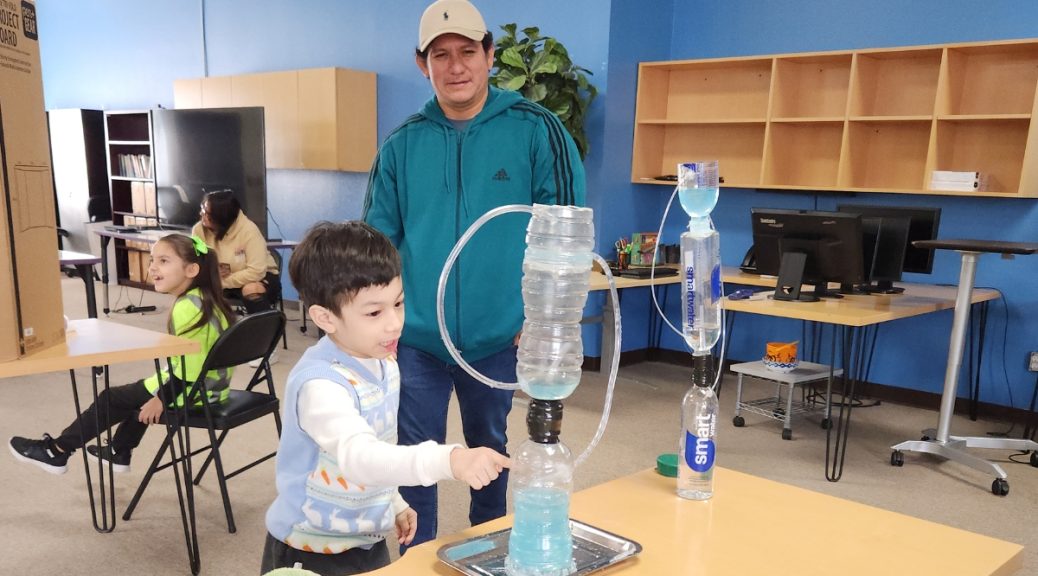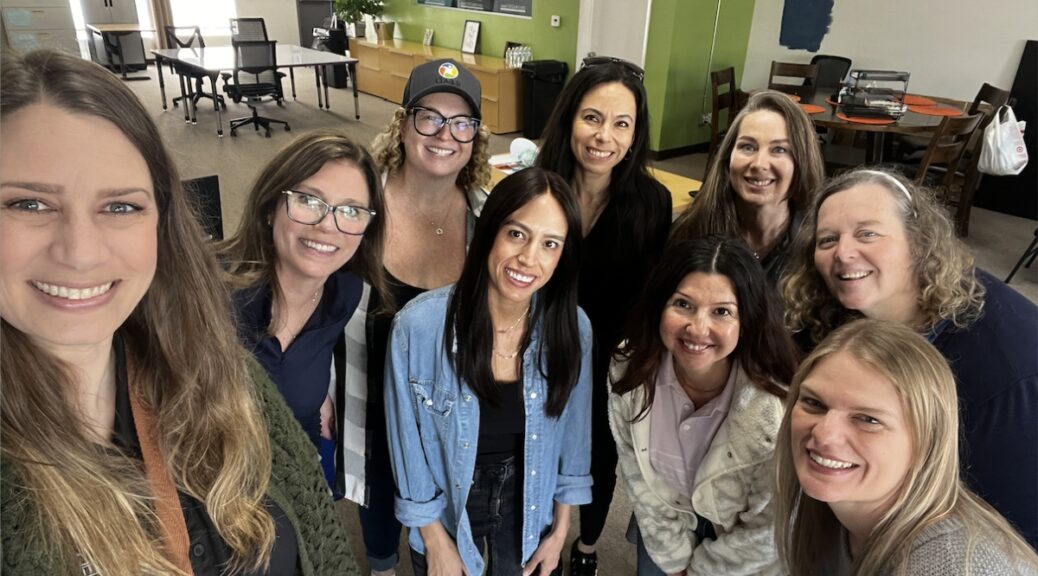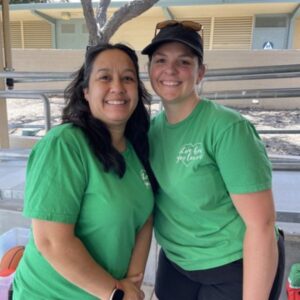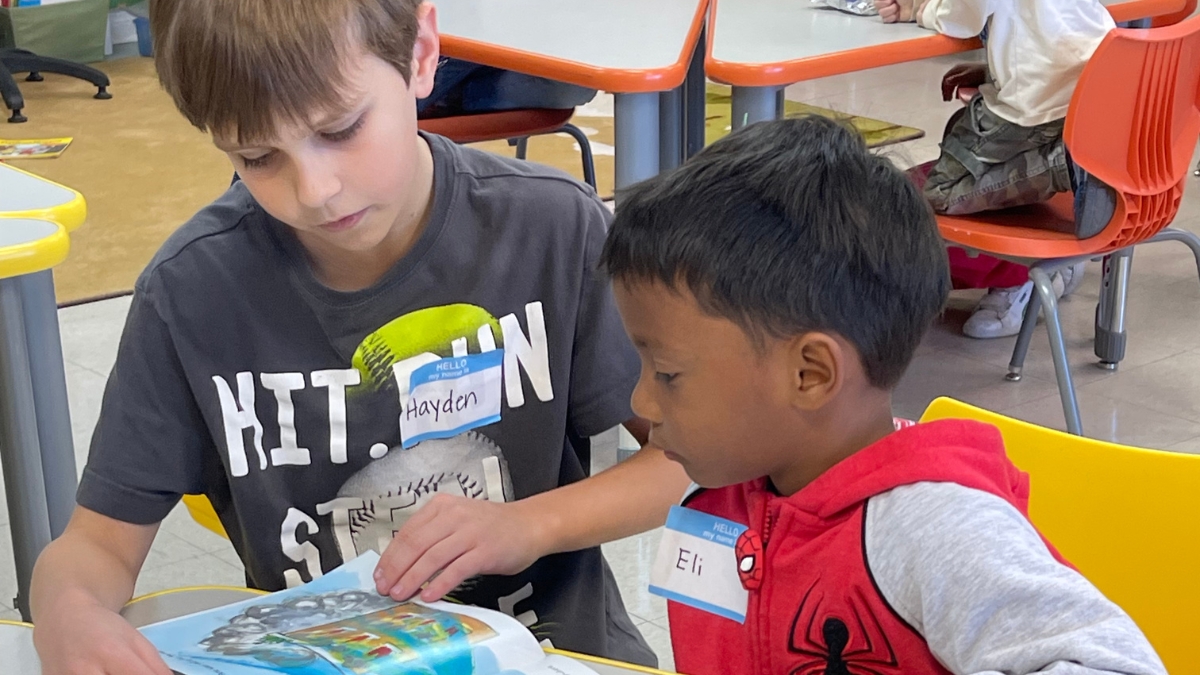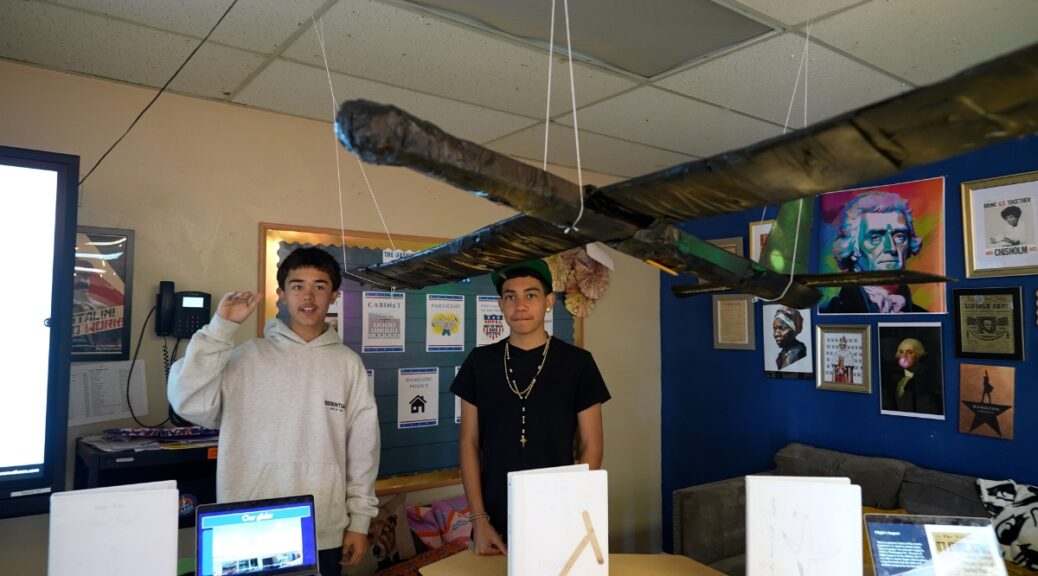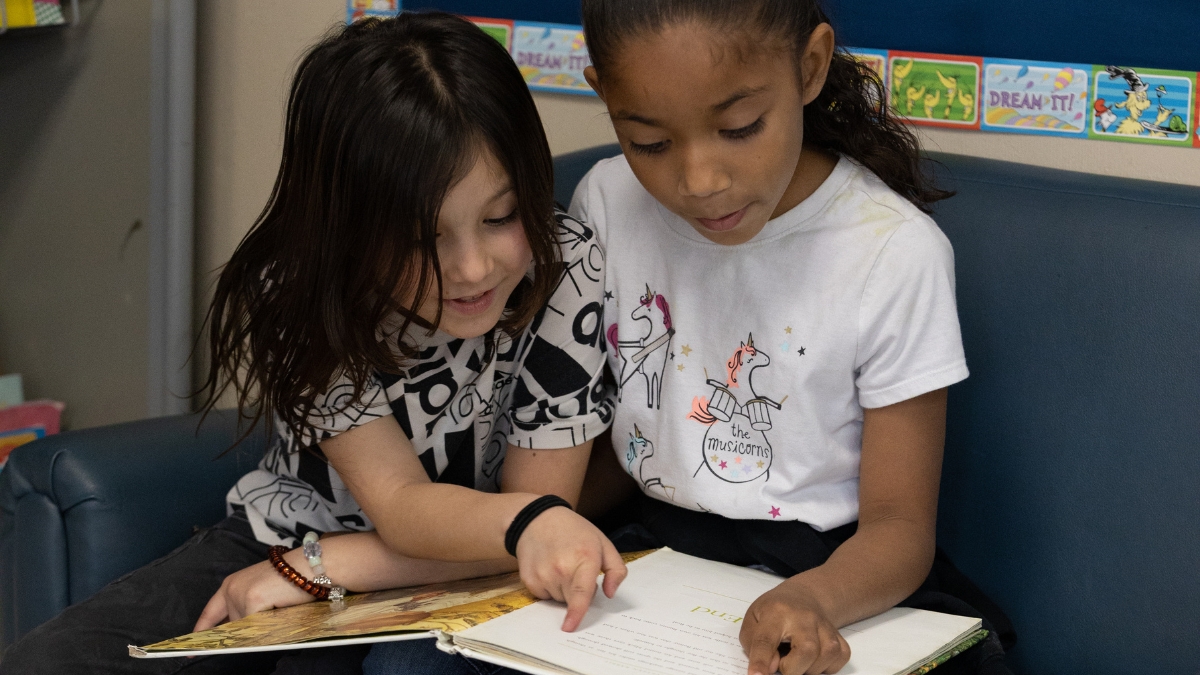At iLEAD AV Exploration, science is a way of thinking, exploring, and understanding the world. Our approach to science goes far beyond memorization. Our goal is to unlock kids’ curiosity, inquiry, and a deep appreciation for the scientific method. We emphasize hands-on activities and experimentation to solidify conceptual understanding and develop scientific fluency. At our TK-8 free public school independent study program in Lancaster, CA, our educational facilitators guide learners on an exciting exploration into the fascinating world of science.
A Scientific Journey through the Grades
At iLEAD AV Exploration, science education is a continuous and carefully structured journey, progressively building knowledge and skills from transitional kindergarten (TK) through 8th grade. Our curriculum is designed to introduce fundamental scientific concepts at an age-appropriate level, expanding in complexity each year. Learners explore a wide array of disciplines, including physical sciences (like forces, energy, matter, and waves), life sciences (such as ecosystems, organisms, and genetics), Earth and space sciences (covering weather, Earth’s systems, and the solar system), and consistently integrate engineering design principles across all grade levels. This comprehensive and sequential approach ensures a deep and evolving understanding of the natural world and how to interact with it through scientific inquiry and innovation.
Project-Based Learning: Where Science Comes Alive
A cornerstone of our science education is Project-Based Learning (PBL). We believe that true understanding comes from applying knowledge from all subjects to real-world problems. As the California Science Standards Framework highlights, reading, writing, mathematics, and speaking are all essential for doing science effectively.
PBL at iLEAD AV Exploration equips learners with critical thinking and collaboration skills to solve real-world problems. Our projects are designed to be authentic and engaging, mirroring challenges faced by professionals outside of school. For example, learners might analyze local water quality through scientific reports or engineer more efficient wind turbine blades. These projects incorporate real-world steps and procedures, balanced with academic rigor, seamlessly integrating ELA, math, science, and even art.
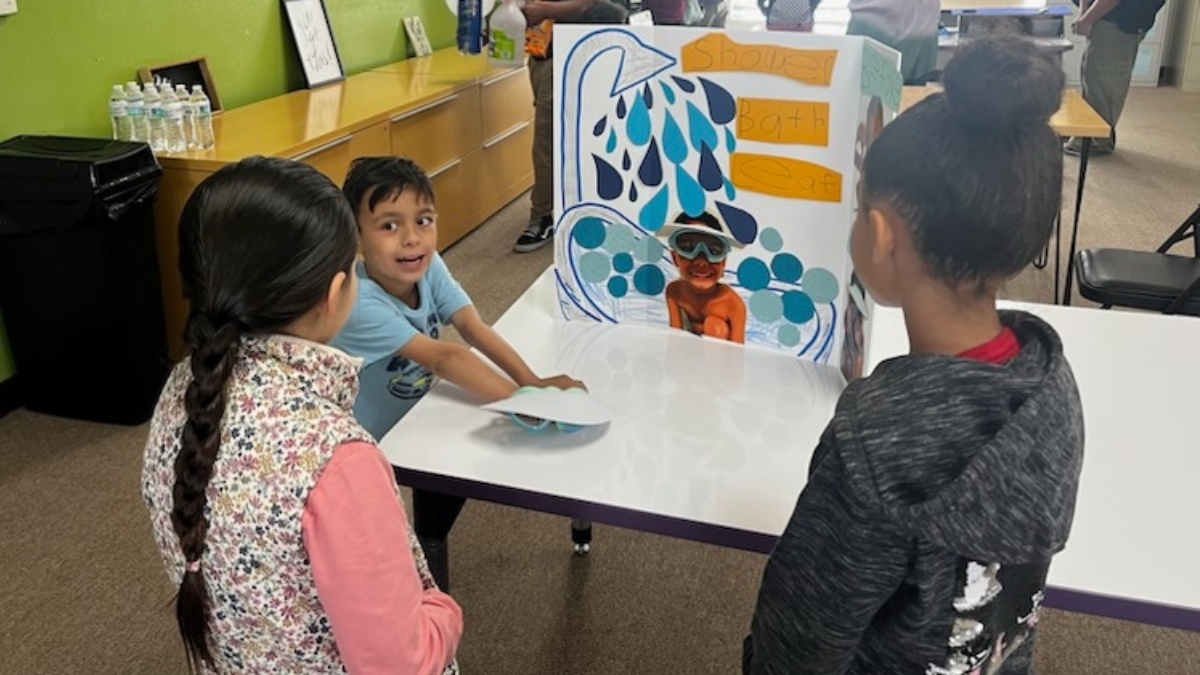
Beyond the Classroom Walls: Connecting to the Real World
We foster ingenuity and authenticity in our projects by making genuine connections to the world around us. This could involve responding to local environmental concerns or addressing current global problems. Most importantly, we encourage learners to find personal meaning in their projects, drawing on their unique values, cultures, traditions, and interests.
Measuring Success: A Holistic Approach
We are dedicated to ensuring our learners achieve proficiency in science. We meet all statewide standards and participate in required assessments, including the California Science Test (CAST). However, our assessment goes beyond standardized tests. We use a range of authentic classroom assessments, including teacher (educational facilitator) observations, portfolios, and project-based evaluations, to provide a comprehensive picture of each learner’s progress and mastery of scientific concepts and skills.
At iLEAD AV Exploration, science is an adventure, a journey of discovery, and a vital tool for navigating our world.
About iLEAD AV Exploration:
iLEAD AV Exploration is a free public TK-8 school independent study program in Lancaster, CA, where flexibility meets robust support. Our credentialed educators empower each family’s journey with personalized guidance, award-winning curriculum, technology, vendor funds, engaging field trips, and the convenience of free drop-off workshops. Follow us on Instagram and Facebook, and find us at ileadav.org/av-exploration.


